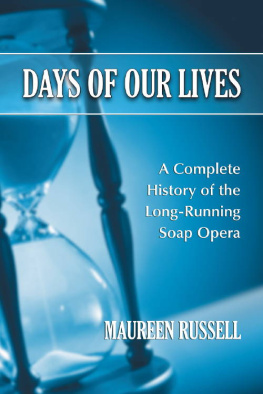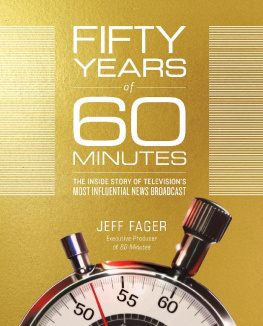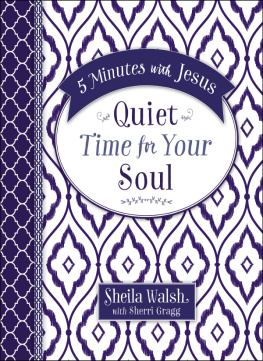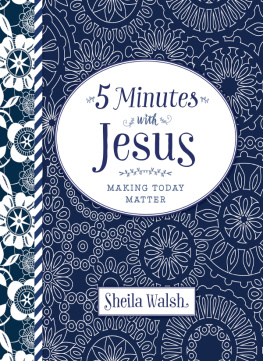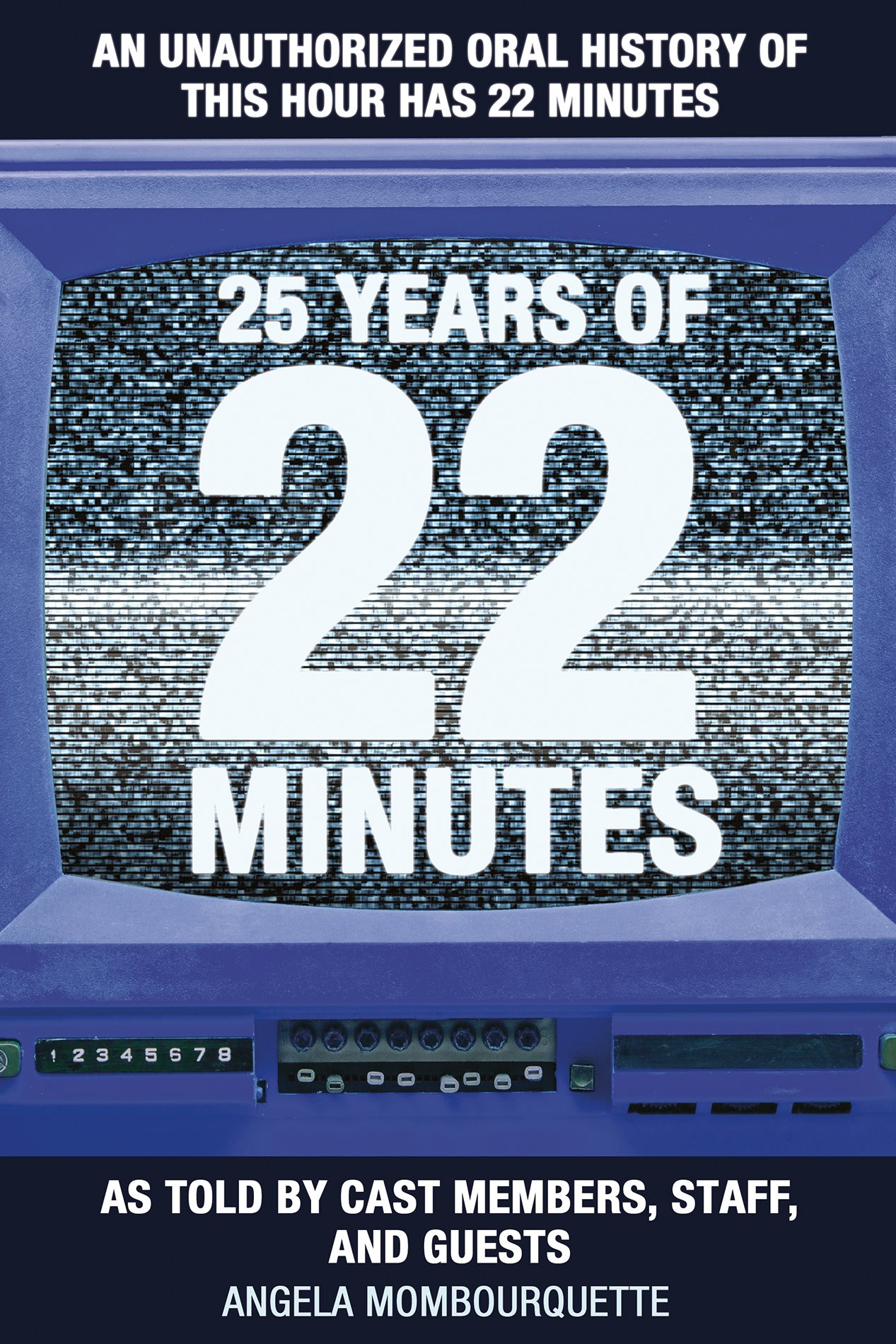That day in the boardroom, I knew it could last forever.
Preface
Theres a bit of a backstory to how this book came about, and how it ultimately took shape.
It starts in December 2016, when Nimbus Publishing (the publisher of this book) was on the hunt for a non-fiction editor. Id been working as a writer and editor in magazines for about a decade, and I finagled an interview. While I was preparing for that meeting, a thought occurred to me: You should probably bring some book ideas.
It might have been a Facebook post or a tweet from 22 Minutes that set off the little light bulb in my head. That show has been on forhow long now? And nobody has written a book about it? Why not? (This, I would later discover, was a nave question.)
I dug around a bit; the twenty-fifth season was coming upa milestone. I had worked at CBC Halifax from the early 1990s to the mid-2000s, and had worked on This Hour Has 22 Minutes , so I knew the show, and I knew many of the people. I went into my job interview sensing I had a pretty solid book idea to present, if it happened to come up.
It came up. So heres the bad news part of this story: I didnt get the job. And heres the good news part: the publishers loved the book pitch. (The woman who did get the job, Elaine McCluskey, actually edited this book and did a fantastic job, so, really, it all worked out for the best.)
In order to have this book ready in time for the start of the shows twenty-fifth season, I would only have about six months in which to research and write it. Did I think that was possible? Again, a little navet on my part came in handy.
I knew it was important to get the production company that owns the show on board, so I contacted Michael Donovan, once the owner of Salter Street Films (and 22 Minutes ), now the executive chairman of DHX Media, a massive content and brands corporation that holds 22 Minutes as one of its properties.
Donovans initial reaction by email was encouraging: Very interested. Coordinate through my office. A collective woot! was raised. The ball was rolling.
Then his company called in its lawyers. (Most recently, these lawyers negotiated a deal to acquire an 80 percent controlling interest in the Peanuts brand and 100 per cent of the brand character Strawberry Shortcake, for $345 million.) Negotiations ensued. Things seemed to be going well until, after months of back-and-forths, DHX abruptly announced that it would not co-operate with the making of this book.
But to quote a popular meme: nevertheless, I persisted. Throughout the negotiations, I had forged ahead. By the time DHX declared it was out, I had already done dozens of interviews; I had collected tons of great stories, and the book was taking shape. The companys lack of co-operation did have one major impact, however: all of the people who were currently working on 22 Minutes were advised that, well, the company was not playing ball.
So I guess thats why a book about 22 Minutes hadnt been done before, and thats why were calling this book an unauthorized oral history.
My goal all along has been simply to tell the story of how the show came about, to share some interesting stories from behind the scenes, and to give Canadians a bit of insight into what goes into the making of a show like 22 Minutes through the words of the writers, producers, and cast members who were there.
So thats what Ive done. God bless the many people who believed in the value of this project, and who found it in their hearts to share their stories about their time on the show.
I will, however, offer up a caution: memories are faulty, and few people remember the same event in exactly the same way. As youll see, theres no single true version of how This Hour Has 22 Minutes came to be, or how it has evolved over the years. But thats the beauty of an oral history like this one: every person who chose to speak to me was given a chance to tell his or her version of the storyunvarnished, and in their own words.
And keep in mind that this work is not exhaustive. There are a million more stories in the naked studio (and probably a whole bunch about people actually being naked in the studio).
But perhaps well save those for the second edition.
Introduction
These days, fake news is everywhere.
We can probably thank the Americans for that, even though, here in Canada, weve been watching fake news on our national public broadcaster for a quarter of a century now. But our fake news is more properly labelled satire, not the propaganda-disguised-as-news that some people cant distinguish from fact, and although satirical newscasts are a dime a dozen in 2017, that wasnt the case in the early 1990s.
When the first episode of This Hour Has 22 Minutes went to air at 10:30 p.m. on Monday, October 11, 1993, the world was a very different place. For one thing, the internet hadnt yet become a part of daily life in most Canadian homes and businesses. Remember when you had to get your daily news by reading a (cough) newspaper?
The North American television universe was also a very different place. There was no The Daily Show , no Last Week Tonight , no Full Frontal . Saturday Night Live had been airing Weekend Update since 1975, but spoofing the news hadnt really become a thing .
On Canadian TV, we had Front Page Challenge and The Nature of Things . The Kids in the Hall was nearing the end of its run, and the CBC was experimenting (disastrously) with airing the nightly national newscastrenamed Prime Time News at 9:00 p.m.
And now there was this new show. In the months after CODCO had aired its final House of Budgell in 1992, this thingpossibly a news satire with a bit of Laugh-In thrown in for good measurehad been conceived. Mary Walsh had put out some feelers. Over coffee at a Toronto bistro with former CODCO producer Michael Donovan and CBC Arts creative head George Anthony, Walsh said shed been thinking about a news-based comedy show. Did they think that would fly?


